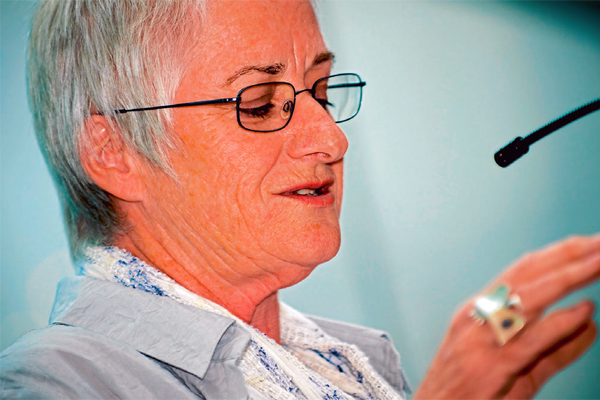NEW houses, new infrastructure, young families and a new community. It could be one of the housing estates springing up in Doreen or Epping North, but academic Moira Scollay is talking about Lalor in the 1940s.
The Australian National University research fellow has captured the remarkable history of Lalor in a book, Lalor: The Peter Lalor Home Building Co-operative 1946–2012.
Faced with a chronic housing shortage, returned servicemen from the Royal Australian Army Pay Corps set up a building co-operative in 1946 to help young families fulfil their dreams of home ownership, says Scollay.
“Returned serviceman thought: ‘We didn’t come back for this’. So all parties pooled their resources and worked together to bring home ownership for all one step closer.”
The following year they bought swampy land 26 kilometres from the Melbourne CBD and, over the next few years, built 200 architect-designed homes – and Lalor was born.
Back then it was eight kilometres from Melbourne’s outer boundary. These days it’s considered a middle ring suburb.
The Peter Lalor Building Co-operative, named after the leader of the Eureka Rebellion, aimed to create more than housing. All money made by the co-operative was to be reinvested into a hospital, school, theatre and community centre. But post-war material shortages and rising prices forced the co-operative into liquidation before it could fulfil its goals.
However the spirit of community in that triangle of homes stayed strong as the members raised their children.
At least 15 members of the co-operative still live in Lalor, most now aged in their 90s.
The hands-on building of the early years had unexpected benefits. ‘‘It turned out to be an extraordinary form of post-war rehabilitation for the men,’’ says Scollay. ‘‘They got together and built homes and infrastructure. This was a real labour of love.’’
Researching the project, Scollay says she was surprised by the scale of the dream.
‘‘The building co-operative aspired to a new world order, a new way of life. While this is Lalor’s story, it provides insights into the history of the co-operative and labour movements and urban and housing development in Australia.”
The book distills Scollay’s PhD thesis, completed in 2010 after five years’ work, and combines her twin passions: community development and social labour history.
Lalor Library will host an exhibition, Lalor: The Making of a Suburb, from April 16–27. The exhibition will then move to Thomastown Library from April 30 –May 11, and Mill Park Library from May 14–25.
* Lalor: The Peter Lalor Home Building Co-operative 1946–2012, by Moira Scollay, is published by
UNSW Press, $59.95.







